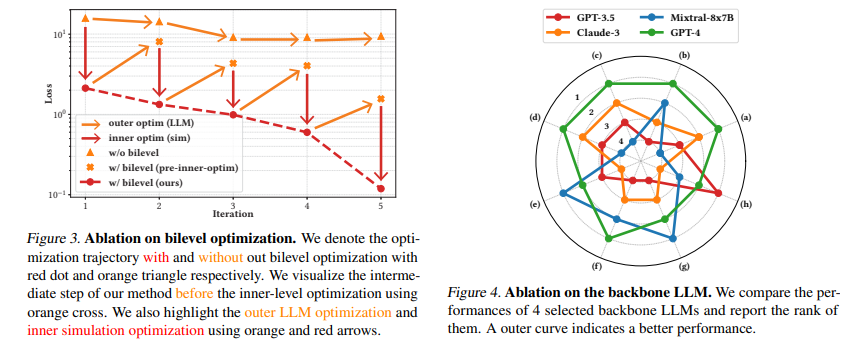Leveraging advanced computational techniques in the physical sciences has become vital to accelerating scientific discoveries. This involves the integration of large language models (LLM) and simulations to improve hypothesis generation, experimental design, and data analysis. The automation of these processes aims to streamline and democratize access to cutting-edge research tools, expanding the boundaries of scientific knowledge and improving efficiency in various scientific domains.
Researchers face a significant challenge in effectively simulating observational feedback and integrating it with theoretical models in the physical sciences. Traditional methods often require a universal approach that can be applied across diverse scientific fields, creating inefficiencies and limiting the potential for innovative discoveries. The need for a more comprehensive and adaptable framework to address this issue and advance scientific research is evident.
Existing research includes fine-tuning LLMs with domain-specific data to align them with scientific information. Methods such as thought chain prompts, FunSearch, and Eureka leverage LLMs for problem solving. Neural Architecture Search (NAS) optimizes the neural network architecture and continuous parameters. Techniques such as symbolic regression, population-based molecule design, and differentiable simulations are used to advance scientific discoveries. These approaches integrate LLMs with external resources for hypothesis generation and optimization, improving the efficiency and scope of automated scientific research.
Researchers from MIT CSAIL, CMU LTI, UMass Amherst, and MIT-IBM Watson ai Lab introduced a novel two-level optimization framework called Scientific Generative Agent (SGA). This approach integrates LLM and simulations to enhance the scientific discovery process, with the goal of transcending specific domains and offering a unified method for physical science. The framework combines the knowledge-based abstract reasoning capabilities of LLMs with the computational strengths of simulations, providing a more comprehensive approach to scientific research.
SGA employs a two-level process where LLMs generate hypotheses at the external level and simulations optimize continuous parameters at the internal level. The researchers used QM9 data sets for molecular design and differentiable Material Point Method (MPM) simulators for constitutive law discovery. The framework iteratively refines hypotheses by integrating discrete symbolic variables and continuous parameters, optimizing material properties, and fine-tuning molecular structures. This approach demonstrated superior performance in identifying accurate solutions across all tasks, including nonlinear elastic materials and specific quantum mechanical properties.

The research demonstrated significant results, with SGA outperforming other methods. In constitutive law discovery, SGA achieved a 50% loss reduction compared to baselines. SGA successfully optimized molecules with specific quantum properties for molecular design, achieving a loss value of 0.0001 in the HOMO-LUMO gap task, compared to 0.003 in traditional methods. The framework's two-level optimization approach consistently yielded lower loss values across various tasks, demonstrating its effectiveness in accurately identifying novel scientific solutions. These results highlight the substantial improvements in performance and accuracy facilitated by SGA.
To conclude, the research presents SGA, a two-level optimization framework that combines LLM and simulations for scientific discoveries. SGA excels at generating and refining hypotheses, leading to significant improvements in constitutive law discovery and molecular design. The results show substantial reductions in loss values, demonstrating the accuracy and efficiency of SGA. This innovative approach offers a versatile and interdisciplinary solution for scientific research, enhancing discovery potential and advancing research methodologies. The study highlights the importance of integrating advanced computational techniques to overcome traditional limitations in scientific exploration.
Review the Paper. All credit for this research goes to the researchers of this project. Also, don't forget to follow us on twitter.com/Marktechpost”>twitter. Join our Telegram channel, Discord channeland LinkedIn Grabove.
If you like our work, you will love our Newsletter..
Don't forget to join our 42k+ ML SubReddit
![]()
Nikhil is an internal consultant at Marktechpost. He is pursuing an integrated double degree in Materials at the Indian Institute of technology Kharagpur. Nikhil is an ai/ML enthusiast who is always researching applications in fields like biomaterials and biomedical science. With a strong background in materials science, he is exploring new advances and creating opportunities to contribute.
<script async src="//platform.twitter.com/widgets.js” charset=”utf-8″>






